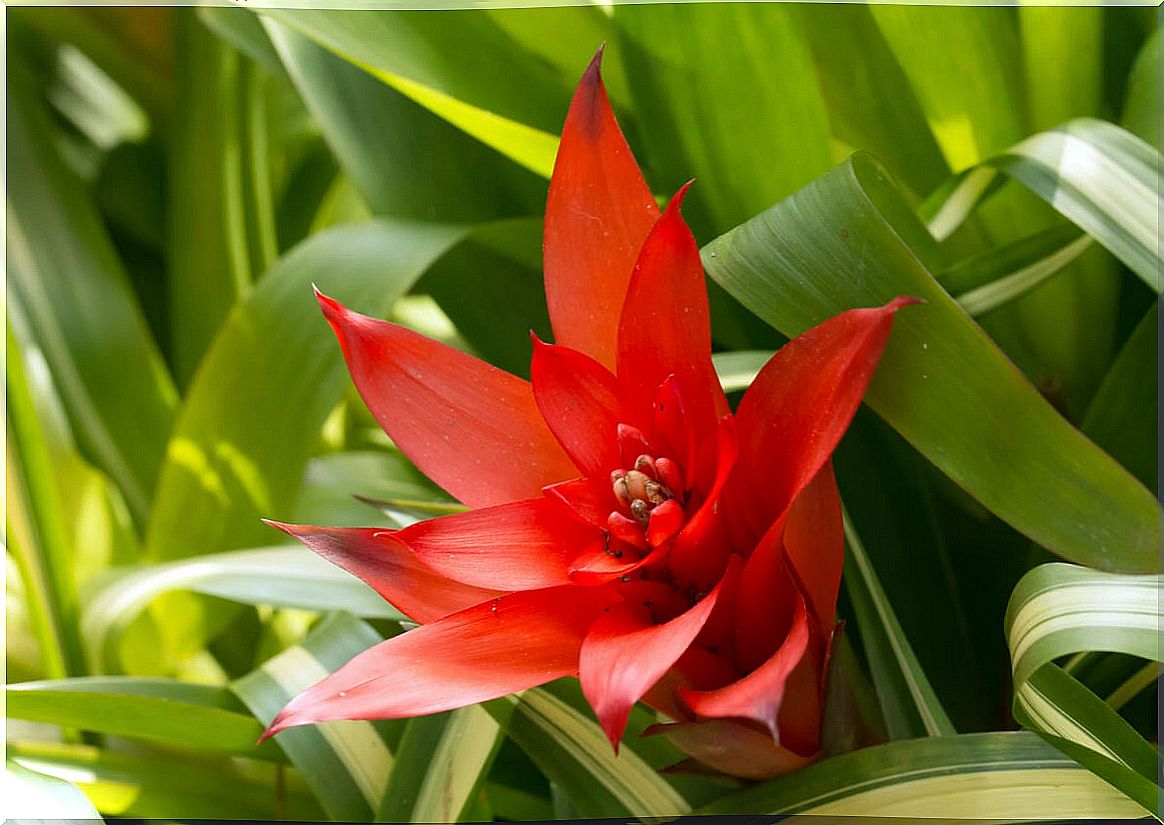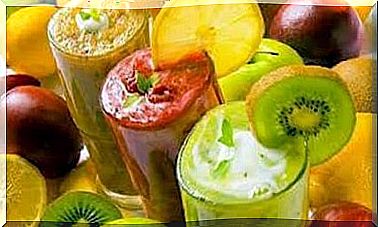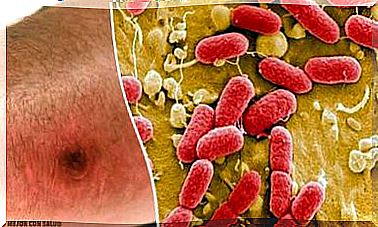6 Attractive Red Plants
Red flowers are very popular because it is very easy to decorate with them, as they attract attention and stand out from the rest. In popular culture the most famous of them is the rose, which is associated with love and passion. However, there are hundreds of varieties with these shades. Therefore, in this article we tell you about 6 attractive red plants that you can have in your home or garden.
Red has a great influence on people’s moods, inspiring vigor, warmth and action. Therefore, it is the ideal to fill the spaces of the home with vitality. Putting plants in these shades around the house could help lift your spirits in the winter months. You can also use them for opaque environments and even to attract hummingbirds.
1. Red-flowered anthurium
The red anthurium is a plant native to tropical environments that adapts very well to indoor spaces. It requires a lot of light, but not direct sun because it can burn its leaves.
It has an elegant look that brings a modern touch to the spaces in the home. In addition to being very beautiful, it is one of the most resistant and easy-to-care plants. This makes it a favorite of those who enjoy a beautiful bloom all year round without spending a lot of time gardening.
2. Guzmania
Guzmania is one of the most popular red plants within the Bromeliad family . Produces beautiful star-shaped flowers with vibrant colors.
For guzmania to have a good flowering, it requires a temperature between 20 and 22 ºC. In addition, because it comes from tropical forests, it requires environments with shade and humidity. It only blooms once, but the flower lasts between 6 and 8 months. Its appearance gives a fresh and tropical touch to the spaces.

3. Japanese quince
This is a very cold hardy type of thorny shrub with abundant flowering in late winter and early spring. It produces small fruits similar to apples, but with an acid flavor, with which you can make a delicious jam.
It tends to do better outdoors, however, it is common to find it in bonsai size with its beautiful red flowers in a tiny size.
4. Hibiscus rosa sinensis
The Hibiscus rosa sinensis is known as San Joaquin , cayenne or Japanese rose . It is a shrub native to Asia that can reach up to 3 meters in height. It is estimated that there are 150 species of various colors, many of them in reddish and mixed tones.
Its flowers are large and exotic in appearance, highly valued for their ornamental function in gardens. It is better adapted to outdoor environments, as it requires direct sun to develop and flourish.
Keep reading: Ideas to design gardens with flowers
5. Japanese maple
It is a tree native to Japan and South Korea that stands out for the beauty of its large, bright reddish, green, purple-hued leaves. The time when its colors are strongest and red is in spring. In autumn its leaves tend to wither and fall.
This tree adapts very well to outdoor and indoor environments. However, due to its size that usually reaches up to 10 meters, inside houses it is usually used as bonsai. Its beautiful leaves are delicate, so they can burn if left in direct sunlight. Also, it does not tolerate drought.

6. Poinssetia
The Poinssetia , poinsettia or poinsettia plant is a traditional Christmastime. It is endemic to Mexico and became popular throughout the world thanks to the influence of Joel Roberts Poinsett, an American who owes its name, according to the United States Government Agency for History.
It is characterized by a deep red color that makes it the perfect Christmas ornament in homes. Although it is often thought that the red parts are their flowers, they are actually their bracts, a kind of leaf that surrounds the flowers and protects the others. As for its care, it requires constant humidity that does not puddle or wet it.
Take care of your red plants with these tips
Regardless of the type of plant you have chosen, it is important that you comply with minimal care. Cutting dead branches or damaged by the weather, fertilizing the land frequently and watering according to the needs of the species are the 3 basic elements for their proper development, says the Practical Gardening Manual.









